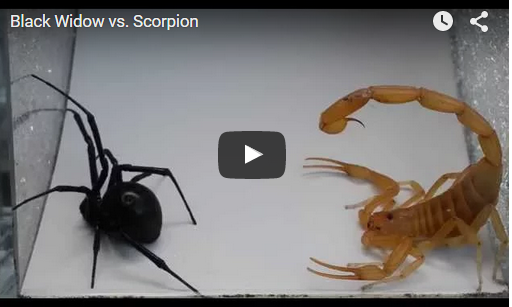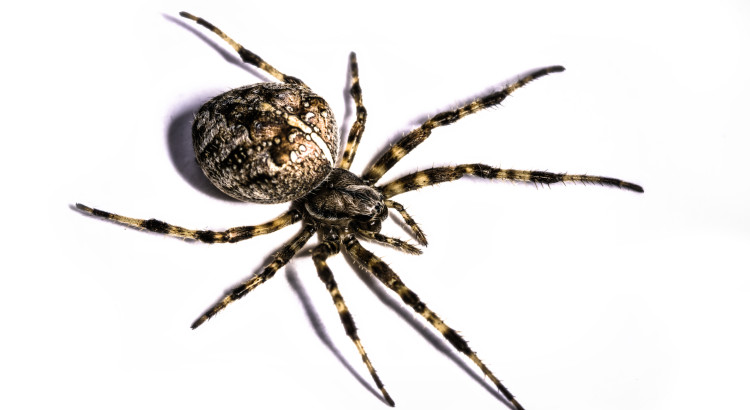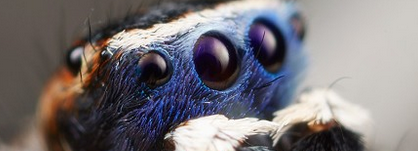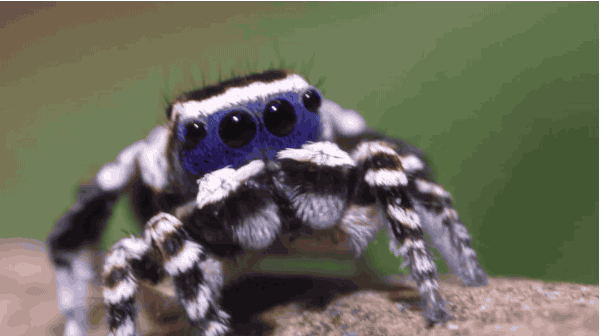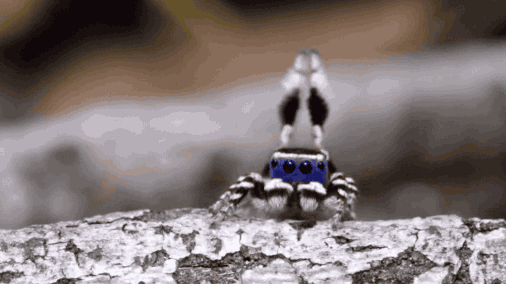Are spiders insects?

It’s a question people automatically say yes to, but if as they look a the differences, soon they realize that in fact spiders are not insects.
Here are some differences between the two to help you understand:
1. The count of legs
2. The type of body (such as exoskeleton)
3. How many body parts they have
4. Insects have antennae. Spiders don’t.
5. Spiders have no wings.
Here’s how the Bug Squad separates the two from insect and spider:
Insects have a head, thorax and abdomen, and the thorax has three pairs of legs. They also eyes, antennae and mouthparts, the Explorit Science Center website points out. “The entire body is protected by a tough outer covering called an exoskeleton. Animals that share these characteristics are called insects. The group to which they belong is called the Insecta.”

Spiders, as the Explorit Science Center explains, have two main body parts. “The body consists of a combined head and thorax called the cephalothorax, and the abdomen. The cephalothorax has the eyes, mouthparts (no antennae) and four pairs of legs. Animals that share these characteristics include ticks, mites, scorpions and spiders. The group is called the Arachnida.”
Here’s the two by definition.
1.
any wingless, carnivorous arthropod of the class Arachnida, including spiders, scorpions, mites,ticks, and daddy-longlegs, having a body divided into two parts, the cephalothorax and the abdomen, and having eight appendages and no antennae.
And then….
1.
any animal of the class Insecta, comprising small,air-breathing arthropods having the body divided into three parts (head, thorax, and abdomen), and having three pairs of legs and usually two pairs of wings.
2. any small arthropod, such as a spider, tick, or centipede, having a superficial, general similarity to the insects.
3. a contemptible or unimportant person.
4. of, pertaining to, like, or used for or against insects:
an insect bite; insect powder.
So the answer in short would be no. Spiders aren’t insects. They’re arachnids.
